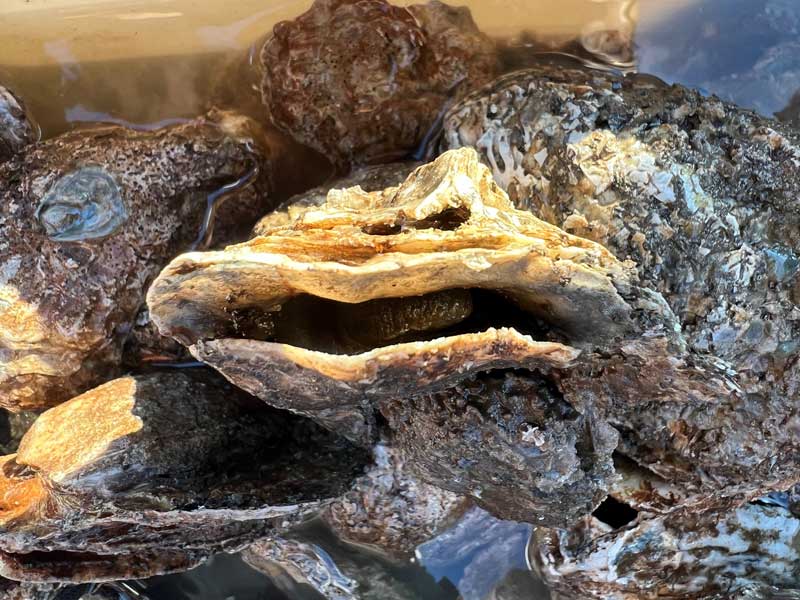In October, Governor Wes Moore announced that more than 1.7 billion new juvenile oysters have been planted on sanctuary and public oyster fishery sites in Maryland’s Chesapeake Bay this year, surpassing an ambitious 2023 oyster planting goal and setting a new annual record. The milestone means that the state has planted almost seven billion oysters since launching its large-scale oyster restoration strategy in 2014 with the help of numerous partners.

In 2014, Maryland committed to restoring oyster populations in five Bay tributaries as part of the interstate Chesapeake Bay Watershed Agreement. The state embraced oyster plantings as a key component of its Chesapeake Bay restoration and replenishment strategy by deploying hundreds of millions of juvenile oysters on both sanctuary reefs and public oyster reefs annually. Oysters are beneficial because they filter excess nutrient pollutants from the Bay, provide valuable habitat for other marine species, and boost the state’s commercial seafood industry through annual harvests and oyster aquaculture.
“It took three decades to plant 10 billion oysters in Maryland, and half of that was completed in the last decade,” said Oyster Recovery Partnership executive director Ward Slacum. “To achieve meaningful results for the Chesapeake Bay, we must be unyielding and this year’s planting rate is a positive sign that Maryland is committed to Bay restoration.”
Oysters for the five-large scale restoration tributaries are grown primarily at the University of Maryland Center for Environmental Science’s Horn Point Laboratory in Cambridge. Large-scale restoration projects are completed in partnership with the National Oceanic and Atmospheric Administration, Oyster Recovery Partnership, and the U.S. Army Corps of Engineers.
In 2023, the state also worked with several other partners to raise oysters for planting in sanctuaries, private leases, and on public oyster harvest grounds. These include the public participants in Marylanders Grow Oysters and Oyster Gardening initiatives, Chesapeake Bay Foundation, County Oyster Committees, Severn River Association, ShoreRivers, numerous other river associations, the St. Mary’s County Watermen’s Association, and several private spat producers.